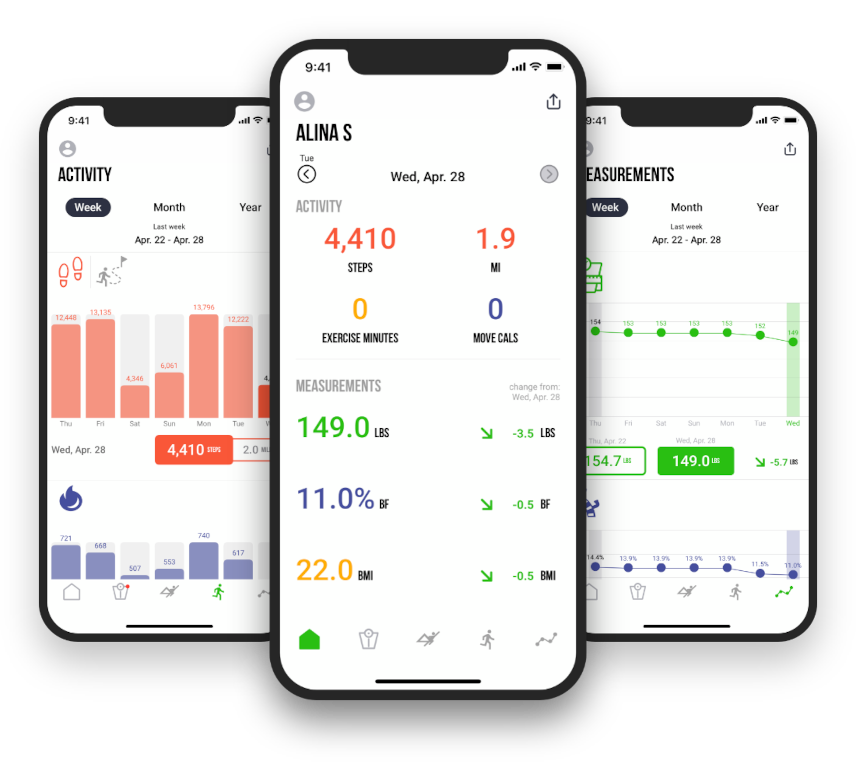In response to new safety laws, ExerciseNZ has issued a 60-page health and safety guide to members.
Proper training and documentation are two key pieces of the safety puzzle that will keep exercise professionals on the right side of the new safety laws, said ExerciseNZ CEO Richard Beddie.
Beddie says the new Health and Safety Considerations Guide is tailored to a New Zealand exercise industry audience, and includes advice on keeping good records of client and staff inductions, hazard elimination and minimisation, incident reporting, and much more.
Exercise professionals are already a safety-conscious bunch, used to spotting and minimising hazards, and pre-screening clients to prevent injuries, Beddie said, but where gaps do exist it is often because they have not been keeping records and therefore they can’t point to evidence backing up their safe practices if asked to do so by WorkSafe.
Another requirement of the new health and safety legislation, is that businesses – even small businesses – must ensure staff are properly trained to perform their jobs safely. He added that an easy way to ensure exercise staff have an industry-recognised qualification, and keep this up to date, is to ensure they are registered with the Register of Exercise Professionals (REPs NZ), which operates a publicly searchable database at reps.org.nz
ExerciseNZ has worked in partnership with sport and exercise industry training organisation Skills Active for many years, along with other industry bodies, to promote a high level of professional standards in the exercise industry. Beddie said that Skills Active’s on-the-job qualifications deliver extensive training on all aspects of safe and professional practice, and are a practical and cost-effective way to ensure employees’ skills and expertise are up-to-date.
Beddie said that because personal trainers are often contractors, running their own small businesses without the benefit of HR departments, health and safety guidance is vital.
Generally speaking, a prosecution is far more common when a serious harm is not reported, rather than when one is, said Beddie, since all serious harm incidents must be reported by law. In most cases, when WorkSafe receives a report of serious harm (such as laceration, broken bone or loss of consciousness), it opens an investigation, asks a number of questions, and works with the facility to close any safety gaps.
Beddie urges exercise professionals not to fear WorkSafe, to ‘over-report rather than under-report’, and more than anything else, to document everything they do to keep staff and clients safe.
Source: Skills Active

